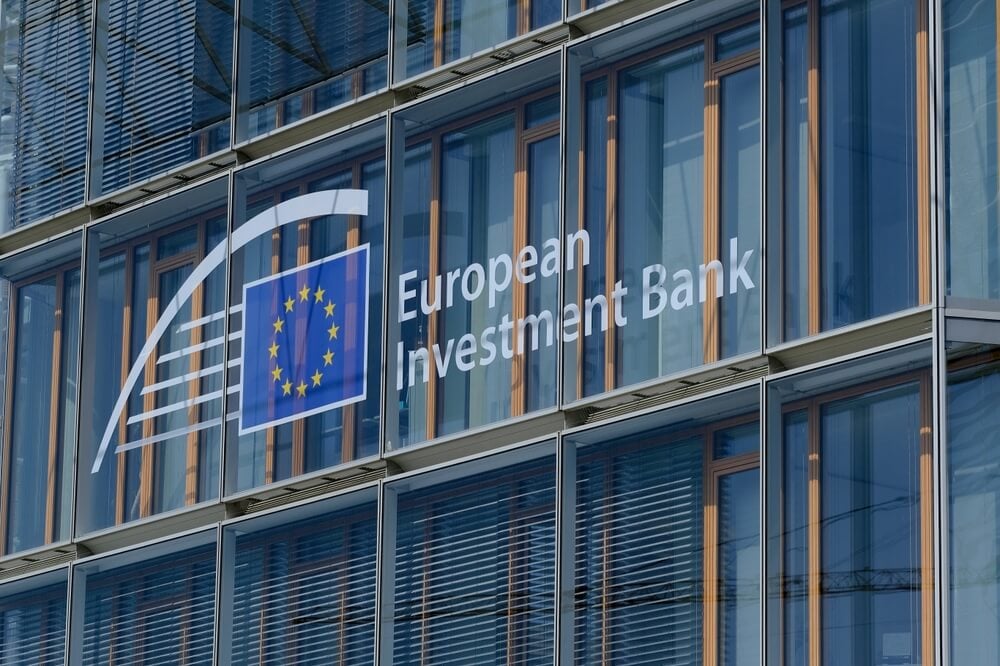Last year, former Italian Prime Minister Mario Draghi produced a landmark report on the future of European competitiveness, in which he recommended that the European Union increase annual investment by more than €800 billion ($930 billion) – the equivalent of more than 4% of its GDP.
This report has now become the intellectual foundation for an ambitious strategy to revitalize growth in Europe. But Europe should be careful what it wishes for. As Japan has shown, investment is no panacea.
The idea that more investment is the key to economic success is a potent one in Europe.
The so-called Lisbon Strategy, launched in 2000, sought to increase investment in research and development to 3% of GDP.
That target has remained on the official EU agenda for a quarter-century, but has never been reached.
In 2015, the European Commission added another investment goal: its Investment Plan for Europe sought to mobilize €315 billion in additional investment within three years, in order to increase competitiveness and long-term growth.
But investment has not saved Japan from several decades of stagnation. Since 1970, Japan’s gross fixed capital formation has averaged – and, often, significantly exceeded – 30% of GDP.
That is much higher than not only the EU average, but also the rate in Germany, the EU’s strongest economy, where gross fixed capital formation has hovered around 23% of GDP.
The four-percentage-point difference between the most recent values (26% in Japan, and 22% in both Germany and the EU) amounts to about €800 billion annually – exactly the amount Draghi recommends adding to total EU investment.
The type of investment matters
Of course, the type of investment matters. Whereas investment in new machinery leads to diminishing returns once a company has enough capacity to serve the market, investing in new ideas should theoretically be bound by no such constraints.
But if one singles out R&D investment, Japan performs even better. In 2000, when the EU set its Lisbon Strategy target, Japan was already investing nearly 3% of its GDP in R&D – a rate it has maintained over the last 25 years, compared to the EU’s average of 2%.
And yet, despite impressive rates of investment in fixed capital and R&D, Japan’s economy weakened over the last quarter-century.
In the 1980s and 1990s, Japan boasted the world’s second-largest economy, powered by a manufacturing sector that seemed unbeatable.
Japanese are well aware of their declining purchasing power when they travel abroad
Now, Japan is the world’s fourth-largest economy, having recently fallen behind Germany despite having a much larger population (120 million, compared to 80 million), owing partly to yen depreciation.
One might argue that this is an unfair comparison, because evaluating an economy at current exchange rates, without accounting for inflation differentials, does not adequately reflect quality of life.
But if one looks at per capita income at purchasing power parity, Japan was at rough parity with Germany 20 years ago, and is now doing worse than Italy.
In any case, exchange rates are not irrelevant, at least politically: Japanese are well aware of their declining purchasing power when they travel abroad, and they undoubtedly notice foreign tourists flaunting their purchasing power in Japan. This may have helped to create fertile ground for the far right.
Investment in R&D is happening mostly within large firms
So, what explains Japan’s economic underperformance? The answer is not unfavorable demographics.
In fact, Japan’s population is not shrinking nearly as fast as conventional wisdom suggests, having fallen since the turn of the century by only three million, to just under 124 million last year, with employment increasing by ten percentage points.
To explain Japan’s struggles requires looking behind the headline investment figures.
While investment in R&D is strong, it is happening mostly within large firms, which are primarily interested in delivering incremental improvements to existing products or processes, rather than developing radically new ideas or technologies.
In Japan – as in the EU – the largest spenders on R&D have remained the same for decades
True innovation is much more likely to happen in startups, but in Japan – as in the EU – the largest spenders on R&D have remained the same for decades.
Large companies have recognized the limitations of their in-house R&D efforts.
Some have even created specialized Corporate Venture Capital (CVC) departments, tasked with hunting for promising ideas outside their corporate structures.
But, in 2022, the leading spenders on R&D in Japan accounted for only 7.3% of global CVC investment.
That is about one-third of EU companies’ share (22%), but given that the EU economy is about four times the size of Japan’s, these levels are similar, in relative terms.
The EU should nurture and fortify its innovation ecosystem
The EU did much better than Japan by another measure, however: over 40% of European firms’ CVC investment went to local startups.
In Japan, that share was miniscule – 0.01% – with the rest going mostly to start-ups in the United States.
 The lesson for the EU is clear: rather than focusing simply on increasing investment, it should seek to nurture and fortify its innovation ecosystem
The lesson for the EU is clear: rather than focusing simply on increasing investment, it should seek to nurture and fortify its innovation ecosystem
Furthermore, US and even Japanese companies have delivered substantial CVC funding to EU companies, which attracted a total of about 9% of global CVC funding in 2022.
That is much less than the 80% that went to the US, but also significantly more than the tiny share – close to zero – that flowed into Japan.
The lesson for the EU is clear: rather than focusing simply on increasing investment, it should seek to nurture and fortify its innovation ecosystem.
Only then will it be able to deliver the kinds of game-changing ideas and inventions that underpin global competitiveness in the twenty-first century.
Daniel Gros is Director of the Institute for European Policymaking at Bocconi University.